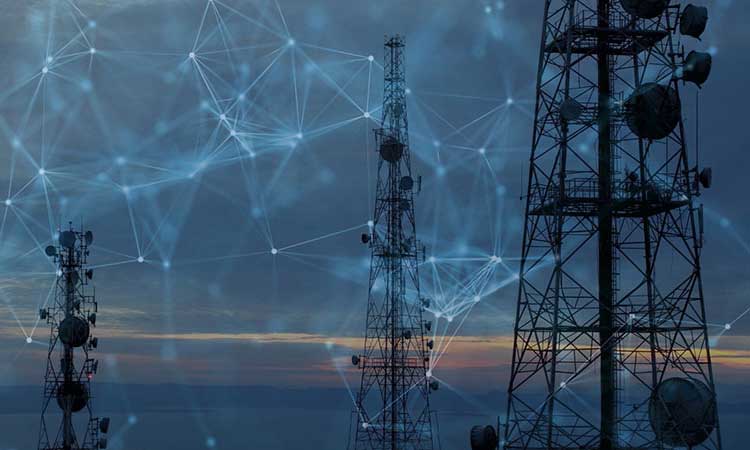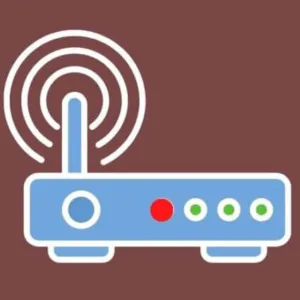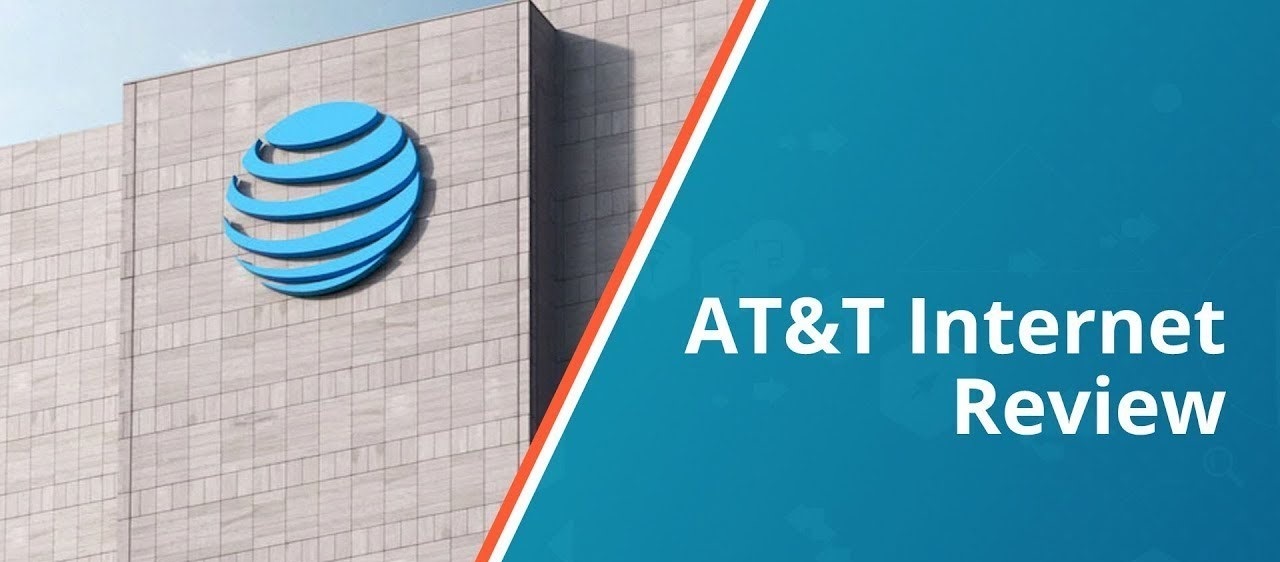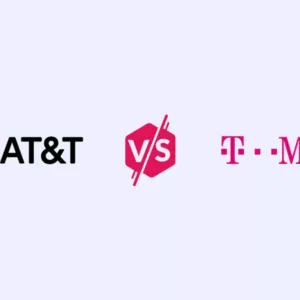Resilient communication networks are required. Especially given how rapidly the scope, diversity, and complexity of modern cybersecurity threats are growing. These companies are very appealing to hackers because of their growing reliance on telecoms and the sensitive data that travels via their networks. Around 43% of telecom organisations experienced DNS-based malware in 2019, and 81% of them responded slowly by delaying the installation of the necessary patches for the breach for up to three days.
Since cybersecurity threats are becoming more complex and might put the entire system, the company’s reputation, and consumer security at exponential risk, telecom firms need to be resilient against them. Below we have mentioned telecom network security challenges and how to address them.
1. Security threats in the Internet of Things
IoT network security is one of the main problems facing telecommunications and ISPs. Over 25 billion devices are anticipated to be online this year. Regrettably, data breaches and identity theft are very desirable targets for such big networks.
Participants in the telecom sector must make use of identity management systems, VPNs, and SIM-based authentication techniques as well as other online data protection measures. By the use of an encrypted virtual tunnel, a VPN can create a safe connection to the internet. As a person uses the internet, this masks their IP address, defending them from outside threats and granting access to geographically restricted content. Similar to this, reliable identity management tools can quickly and securely confirm the identity of your users or workers.
2. Cloud security threats
Misconfiguration, data breaches, insider threats, a lack of a cloud security architecture and strategy, inadequate key management, and shoddy control plans are some of the most typical cloud security concerns.
Monitoring employee cloud usage and putting safety measures in place is essential to preventing cloud data loss. Also, defining permissions for user- and enterprise-owned endpoints, such as workstations, laptops, and cellphones, and managing mobile devices can significantly reduce hazards.
3. DNS attacks
It is concerning because there are more sophisticated DNS attacks every year. They mostly involve domain lockups, rebinding assaults, and cache poisoning. 79% of organisations were vulnerable to DNS assaults in 2020 alone, according to data from throughout the world. The average cost of a single attack is $5 million USD.
Proactive cybersecurity methods for cyber resilience, such as identity management systems for admin and server access, are reliable procedures to prevent DNS attacks. In a similar vein, machine learning-driven policies can be used to improve firewalls.
4. Third-party risks
An attacker may gain access to your vital infrastructure through third parties like vendors, partners, email providers, service providers, web hosts, law firms, data management companies, and subcontractors.
Maintaining the safety of your company and the suppliers working in your sector might be difficult. Monitoring every component of your network requires managed telecoms security services.
5. DDoS attacks
DDoS assaults frequently target the telecom industry. Around 65% of DDoS assaults in 2018 were only made against communication providers. Dedicated Denial of Service (DDoS) is an attack that obstructs normal traffic and, naturally, denies the victim’s services. A business may suffer large financial losses as a result of this service interruption.
DDoS assaults are extremely difficult to stop or defend against. Create a disaster recovery plan with the help of your IT and cybersecurity experts, and consider how you may respond to a DDoS attack. No single solution can stop an attack due to the complexity of each organisational environment and how data is managed.





